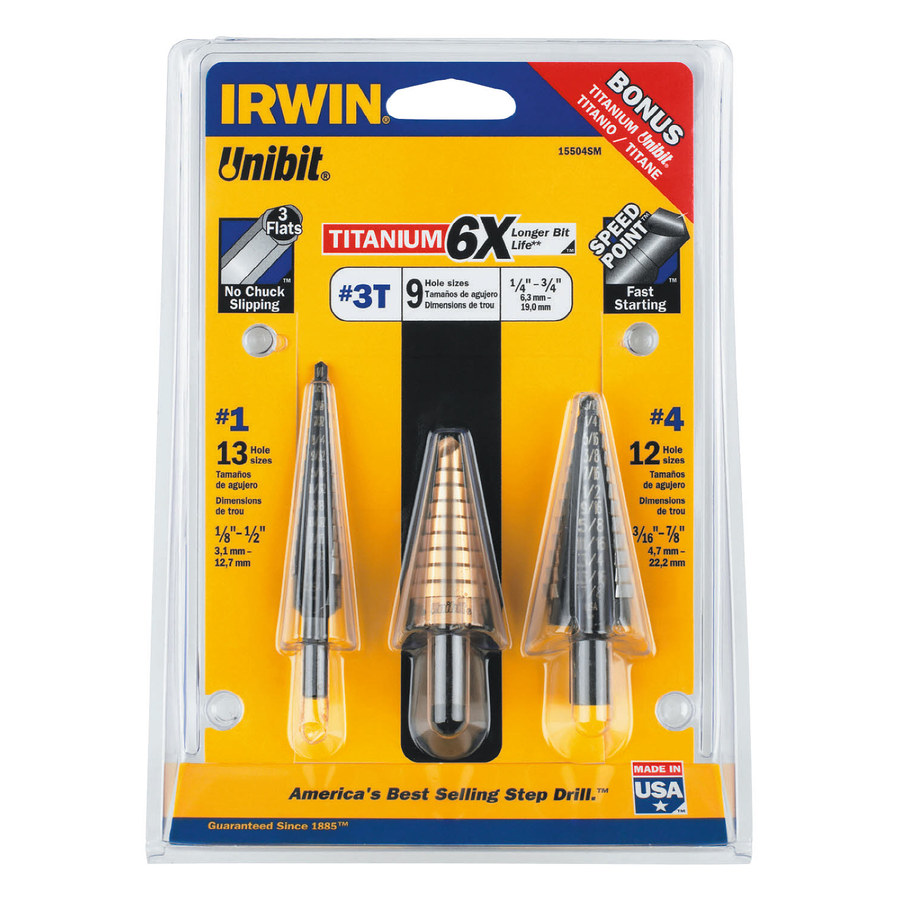Fencer
Why yes, I am a Smart ASS
I want to hinge my Fastbag lid (the whole top comes off). The base is regular blowmold plastic but the top case portion is a hard plastic or fiberglass. I want to add a piano hinge at the lip and use several small screws.
Question. Is there a particular speed, high or low, I need to use to keep from cracking the shell? The holes are approx 3/16 from the lip. Sugestions on a drill bit. I had planned on a cobalt metal bit with a starter tip.
Thanks
Question. Is there a particular speed, high or low, I need to use to keep from cracking the shell? The holes are approx 3/16 from the lip. Sugestions on a drill bit. I had planned on a cobalt metal bit with a starter tip.
Thanks















